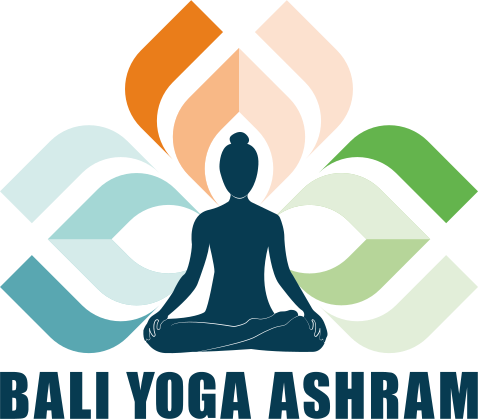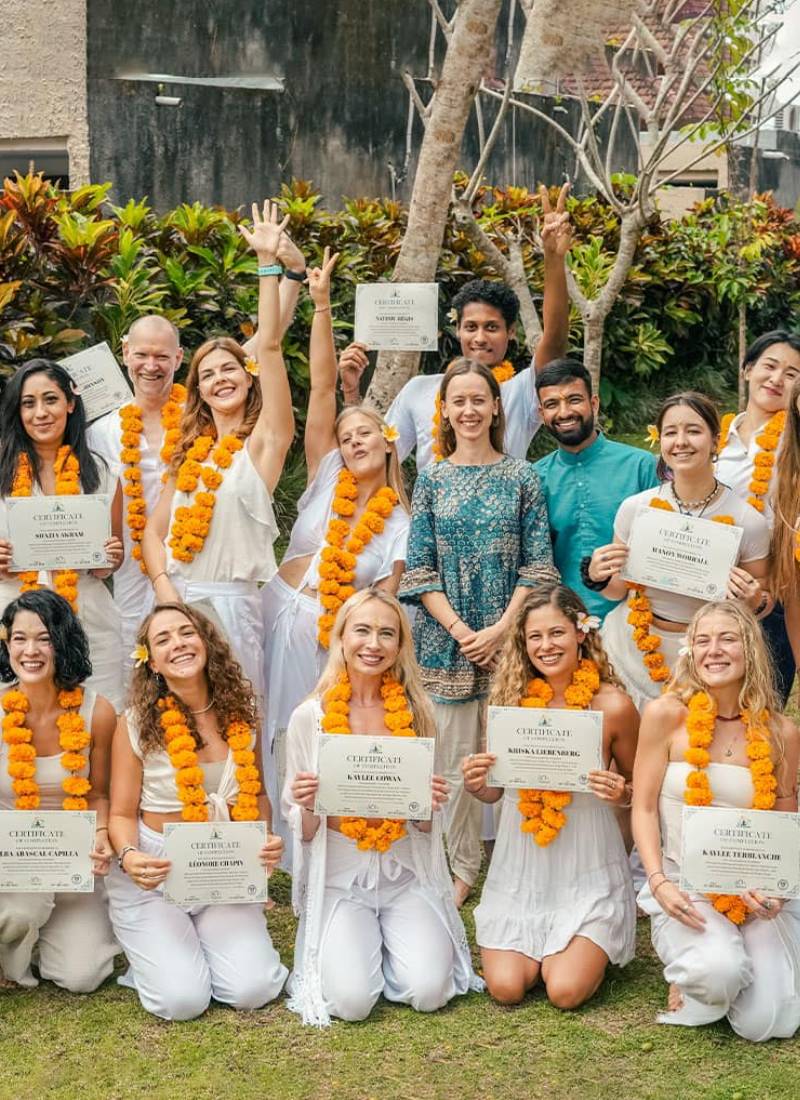
Flow Into Fitness is not just a common phrase—it is an invitation to move your body, calm your mind, and grow stronger every day. We should not judge yoga as how flexible the practitioners are or how many poses they can do. It is about developing balance in the body. Through steady movement and mindful breathing, yoga helps your body become both strong and flexible. In this journey, Yoga for Strength gives you the power to hold yourself with confidence. It builds your muscles, supports your joints, and improves your posture. Yoga for Flexibility gives you the ability to move with ease. It gently stretches your muscles and keeps your body open as well as pain-free.
Together, yoga for strength and flexibility brings you total wellness. You don’t require special equipment or going to a gym. Just a quiet space, your breath, and the will to begin. Whether you’re a beginner or an experienced practitioner returning to practice after a break, this is your moment to start fresh. Flow Into Fitness is all about enjoying the process—not rushing. So take it slow. Move with your breath. Let your body guide you. This guide will help you take the first step into a simple, powerful yoga routine for strength and flexibility.
Why Strength and Flexibility Matter Together
Strength of the body supports you and flexibility frees you. So, as a person or yoga practitioner, you need both of them. When your body is strong, you can hold the yoga poses for a longer time. You can protect your joints. Your core muscles stay stable. However, without flexibility, the movements of yoga practice or general body movements feel tight and limited. You might even get hurt. So yoga for strength and flexibility means finding the sweet spot between being powerful and being relaxed.
That’s why yoga works so well—it brings strength and stretch into one flow. You don’t need to lift weights or run miles. You just need to breathe, move, and repeat.
Flowing With Vinyasa Yoga
Have you heard of vinyasa yoga flow? It’s a style of yoga where each movement connects to your breath. You inhale, you lift. You exhale, you fold. It’s like a moving meditation. Vinyasa flow is one of the best ways to improve both flexibility and strength. We often repeat this cycle in a yoga routine for beginners, adding more yoga poses slowly as we build confidence. As the practitioners flow through these, their arms, legs, core, and back all work together. Practitioners feel the stretch, but also the burn when they perform Vinyasa yoga flow—and that’s a good thing. A simple vinyasa yoga flow sequence might include:
- Mountain Pose
- Forward Fold
- Plank Pose
- Upward-Facing Dog
- Downward-Facing Dog
Yoga For Core Strength
Your core muscles create the center of the body. The abs, lower back, and hips come under the core area. Yoga for core strength is a great way to make your core strong and healthy. A strong core helps with balance, posture, as well as breathing. Try adding these yoga poses to your daily yoga routine:
Boat Pose – This is a very good pose to work on the abs, lower back, and hip flexors. It builds a strong and stable core muscles area. It’s also great for toning the belly and increasing endurance.
Plank Pose – It builds full-body strength in the core, arms, shoulders, as well as legs. It also helps improve posture and stability by engaging multiple muscle groups at once.
Forearm Plank – Forearm plank strengthens the deep core muscles more than a regular plank. Because the practitioner’s body is closer to the ground. It challenges the abs, shoulders, and back to work hard, helping improve core stability and spinal support.
Chair Pose – Chair Pose (Utkatasana) is that it builds lower body strength, especially in the thighs, hips, and glutes. It also helps improve balance and focus, making your legs and core stronger with regular practice.
These poses don’t just help you look good—they help you feel stronger and more supported in all movements.
Yoga for Flexibility
In order to achieve most of the benefits from yoga, it is important to practice yoga for flexibility as it is required to keep the body healthy and efficient. But “How to become more flexible?”. The answer is: practice yoga slowly, deeply and patiently. Yoga for flexibility is not about forcing your body into deep stretches. It’s about opening the muscles, little by little. Use these yoga stretches for flexibility:
Seated Forward Fold – It stretches hamstrings as well as back to increase flexibility
Butterfly Pose – This pose opens up the hips muscles and make them more flexible
Lizard Pose – This yoga posture deeply stretches the thighs as well as groin muscles
Reclining Twist – It relaxes the spine and shoulders
Make a daily practice of this sequence at least for10 minutes a day. It makes a big difference.
Starting With Beginner Yoga Poses
If you are new to yoga, don’t worry. Everyone starts somewhere. And beginner yoga poses are not just simple—they are smart. They teach you the basics. They build your base. Start your journey with beginning yoga stretches like:
Cat-Cow Pose – This cat and cow pose warms up your spine and makes you ready for the practice of other poses.
Child’s Pose – This yoga posture releases tension in the back and hips.
Downward-Facing Dog – This pose stretches the legs as well as strengthens the arms muscles.
Bridge Pose – This is one of the best yoga poses for building core strength.
Warrior I and II – It improves strength in legs, hips, and shoulders.
These are gentle yoga poses, but they work on your body from head to toe.
Creating a Daily Yoga Routine
- Whether you want more strength, more flexibility, or both—consistency in your daily yoga routine is necessary. Hence, set a goal to practice at least 3–4 times a week. Your yoga routine for flexibility and strength can be short and simple. Here’s a sample yoga routine for beginners:
5 Minutes: Breathing and Warm-Up
- Easy seated pose + deep breathing
- Cat & Cow + gentle stretches
15 Minutes: Strength and Flexibility Poses
- Downward Dog
- Warrior I
- Warrior II
- Chair Pose
- Bridge Pose
- Forward Fold
- Seated Twist
5 Minutes: Cool Down yoga poses
- Child’s Pose
- Legs-Up-The-Wall
Savasana final relaxation
Tips for a Better Practice
Listen to Your Body – Keep a track of your body and never force any pose, do it as much as you can.
Use Props – Using blocks, straps, and cushions in a yoga pose practice as they give help in maintaining the pose with the right alignment.
Be Consistent – Consistency is necessary in yoga practice. Small effort daily is better than once a week.
Breathe Deeply – Breathing deeply during your yoga practice helps calm the mind, relax the body, and improve focus. Deep breathing supports better results and enhances the overall yoga experience.
Yoga is a journey, not a race. It’s about taking your time and enjoying every step. Every time you come to the mat, breathe deeply, move slowly in a flow. Build your strength, get stronger and more open. Increase your flexibility. And most importantly, enjoy the practice. As you stay consistent, your body will feel more awake, more in tune, and more relaxed.

